10 Pit Bull Colors And Patterns That Stand Out
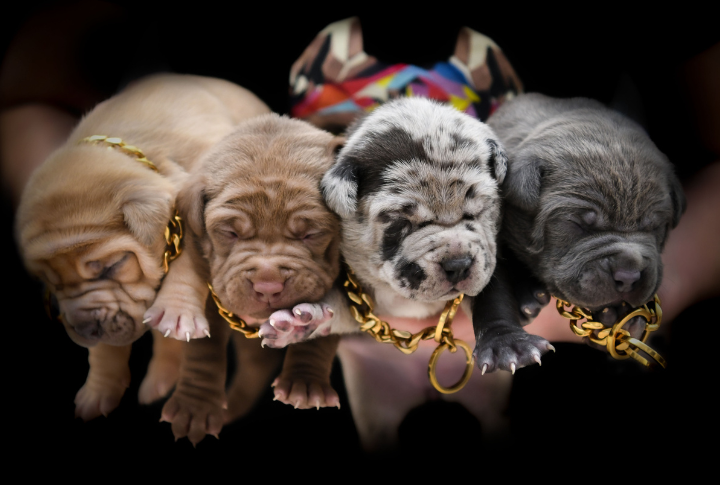
No two Pit Bulls look exactly alike, but some carry coat patterns that turn heads and spark curiosity. Rare colors have fascinated breeders and owners alike, with their origins often tied to genetics or chance. Some coats appear almost painted by hand, while others develop characteristics that make them instantly recognizable. Let’s learn more about patterns preserved in specific bloodlines and others that occur unexpectedly.
Blue Fawn

A Blue Fawn Pit Bull’s coat carries a soft, smoky tan shade with a cool undertone. The D-locus dilution gene modifies black pigment, which creates this refined variation. This rare coloring, inherited through select bloodlines, has long been admired for its smooth, muted flush and refined, understated elegance.
Lilac Pits

A muted lavender hue makes Lilac Pit Bulls stand out from standard colors. The appearance results from a combination of chocolate and blue genes, producing a dusty, pastel-like effect. Their nose and paw pads tend to match the uniformity of this coloration, making it a highly sought-after variation.
Seal Coats
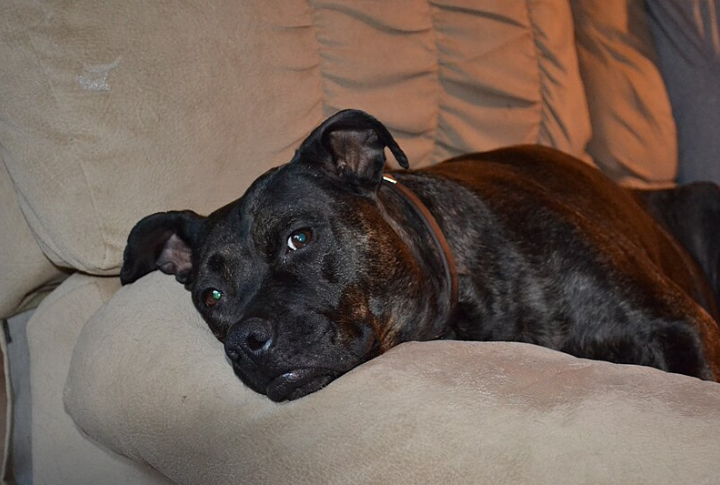
At first glance, a Seal Pit Bull may seem entirely black, but in bright light, you’ll notice subtle deep brown or red undertones. Their color isn’t static like other dark-coated dogs; it changes with light and motion. Some breeders believe this unique coat variation is more common in certain bloodlines.
Platinum Pit Bulls
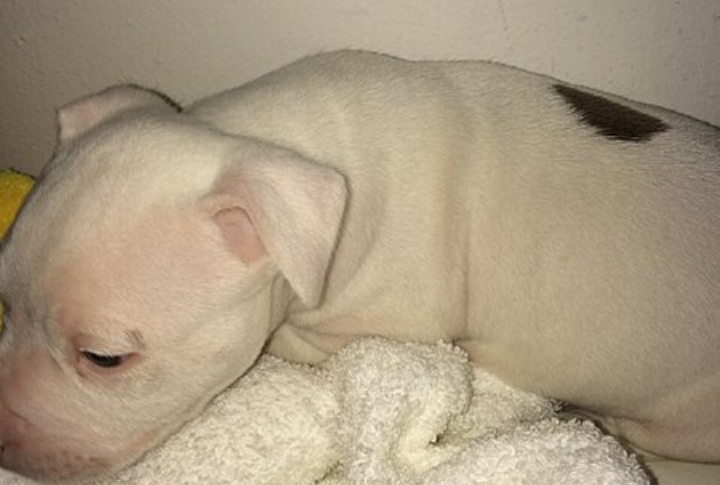
A Platinum Pit Bull’s fur gives off a silvery effect, sometimes mistaken for pure white. This pale shade appears more luminous in natural light. Light-colored coats may require extra sun protection, as their skin can be more sensitive to UV exposure. Regular grooming is advised to preserve the sheen.
Red Merle
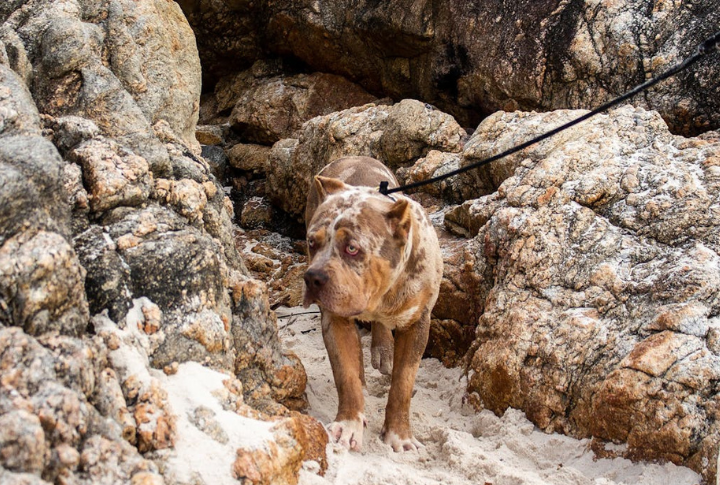
Swirling red, cream, and tan patterns create a marbled effect across a Red Merle Pit Bull’s fur. No two merle-coated dogs look precisely alike, as these are always unique. Ethical breeding is essential, as pairing two merle-coated dogs increases the risk of vision and auditory impairments.
Sable
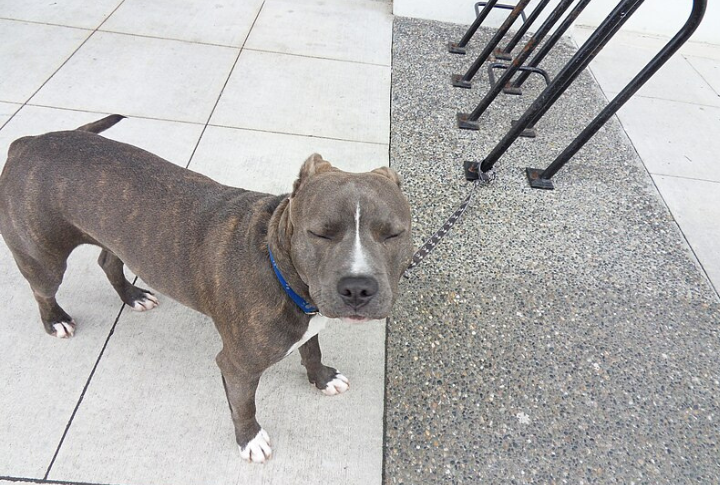
A mix of golden and darker tones creates this color transition in a Sable Pit Bull fur. Unlike brindles with clearly defined stripes, sable fur patterns blend gradually between shades. Many owners find that the coat’s appearance shifts slightly with seasonal changes as certain tones intensify.
Piebald
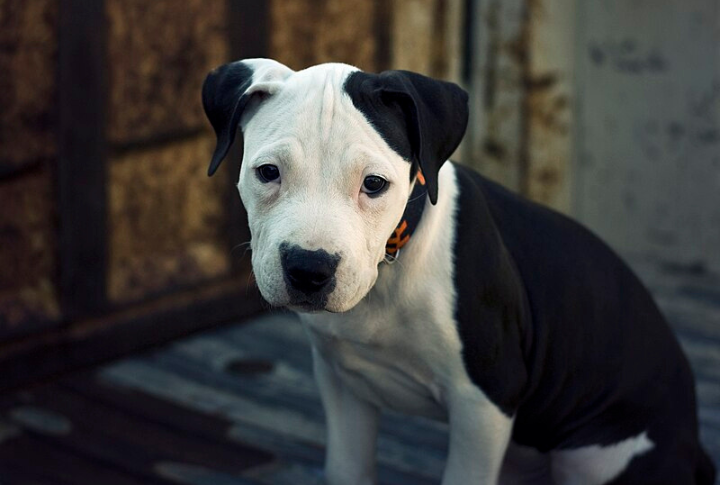
Bold white patches over a solid base make Piebald Pit Bulls easily recognizable. The S-locus gene controls this pattern, which leads to a variety of individual patch placements. One of the most famous piebald Pit Bulls, Sergeant Stubby, gained popularity as a decorated war hero during World War I.
Tan Point

Distinct tan markings on the face, chest, and legs contrast strongly with a darker base coat. This pattern is often linked to working breeds and gives pit bulls an imposing guard dog-like appearance. Some owners claim tan points enhance their dogs’ expressions, making them more animated.
Ghost Tan

Initially, the Ghost Tan Pit Bull might look like it’s all one shade, but as you observe more closely, soft tan markings gradually appear, often just under certain lighting. This pattern remains understated throughout the dog’s life, only emerging when you least expect it, which adds to its mysterious charm.
Chocolate Brindle
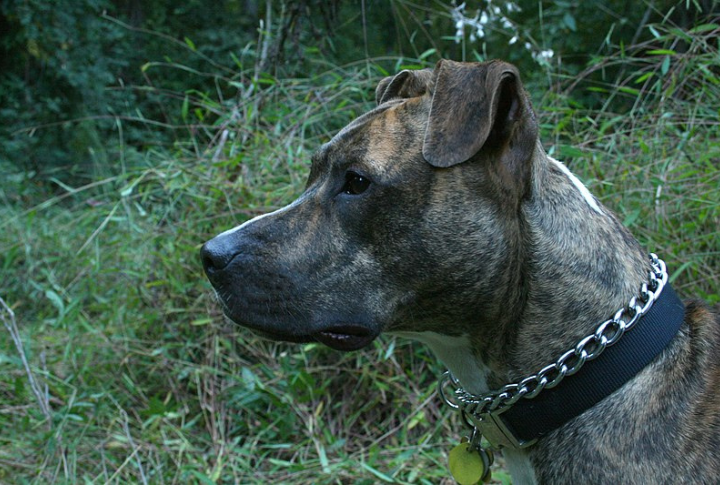
Deep brown hues combined with brindle striping create a coat full of depth and texture. Warm caramel and reddish tones emerge depending on the light you see them under. Unlike high-contrast brindles, this version transitions better, which gives their fur a smooth, layered effect.





